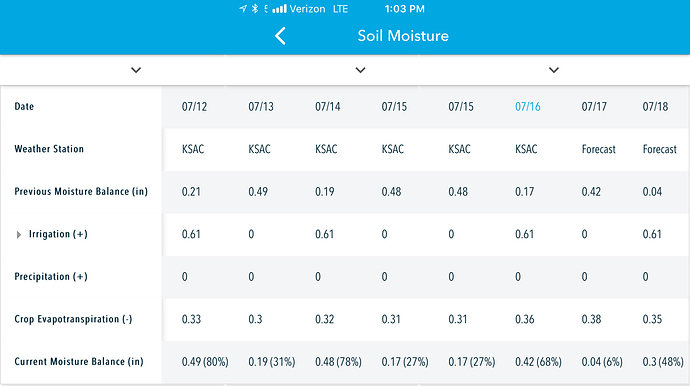@azdavidr, I’m in Zone 9 out here in sunny California. Summers are hot (upper 90s to low 100s most of the time) with zero rainfall, low humidity.
Per your suggestion, I’ve attached the Zone Settings’ Advanced tab, as well as the More Detail tab. And sure, if folks will indulge me, I’d be happy to post my lawn settings in a bit.


